How to incorporate nutrition into dry eye practice
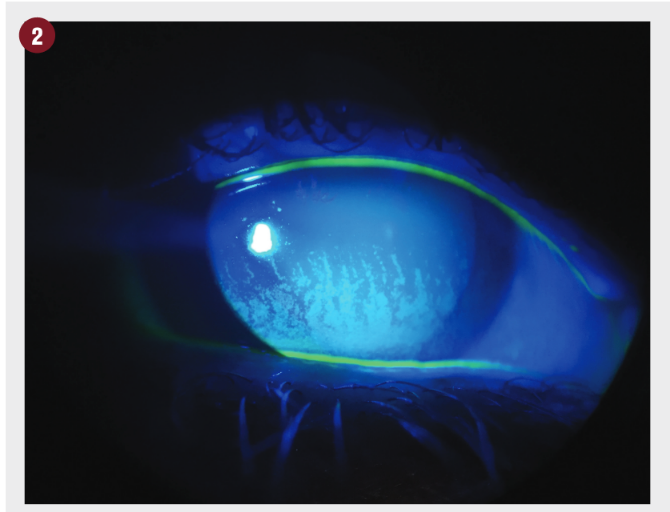
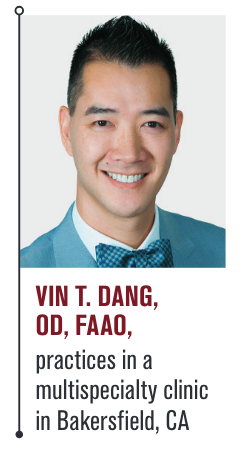
Let’s face it, dry eye will only become more prominent in our practices by the year 2030. It is estimated that over 61 million patients will reach geriatric ages and need extensive medical care.1
Thanks to a host of changing environmental factors, the dedicated use of liquid crystal display (LCD) screens, various facial products,2 and systemic medications, dry eye treatment will continue to be a necessary and important toolset within most practices.
Optometrists come prepared with abilities to diagnose and treat, but how do they implement different treatment options, diagnostic systems, and nutritional supplements fully within our practices to benefit patients? There are many options, but here is what I have found to be helpful.
Related: Blog: Why dry eye? Diagnosis is half the battle
It is optometrists’ responsibility to elicit a complete history from patients.
This can be achieved in several different ways, including questionnaires (such as the Standardized Patient Evaluation of Eye Dryness [SPEED] Questionnaire), electronic surveys, simple paper forms, or my personal favorite-talking with the patient. Patients already fill out a lot of forms, so I take the time to personally take their history and include the questions that would be found in a validated questionnaire.
Our practice heavily incorporates vital dyes and views them as a gold standard for our approach to diagnosing and monitoring dry eye. In the initial visit with a patient, I take a three-fold approach to tackling dry eye:
• Objective measurement of tear-break-up-time (TBUT) using sodium fluorescein
• Visualization of meibomian glands using meibography
• Clinical evaluation at the slit lamp
• A lot of practices use MMP9 (InflammaDry, Quidel) and tear osmolarity (TearLab Osmolarity Test) tests to objectively evaluate and follow their patients. ODs should use the approach that works best for them and their patients.
Related: How to treat dry eye in the pediatric and young adult population Treatment takes many paths
Start with the basics: warm compresses, artificial tears, and a supplement that is high quality.
Because ODs practice in an environment that is financially complex, they sometimes cannot offer certain treatments immediately, but that is fine. Adding and subtracting treatments to customize the plan for each patient is the best part about optometry-making customized decisions in a constantly changing landscape.
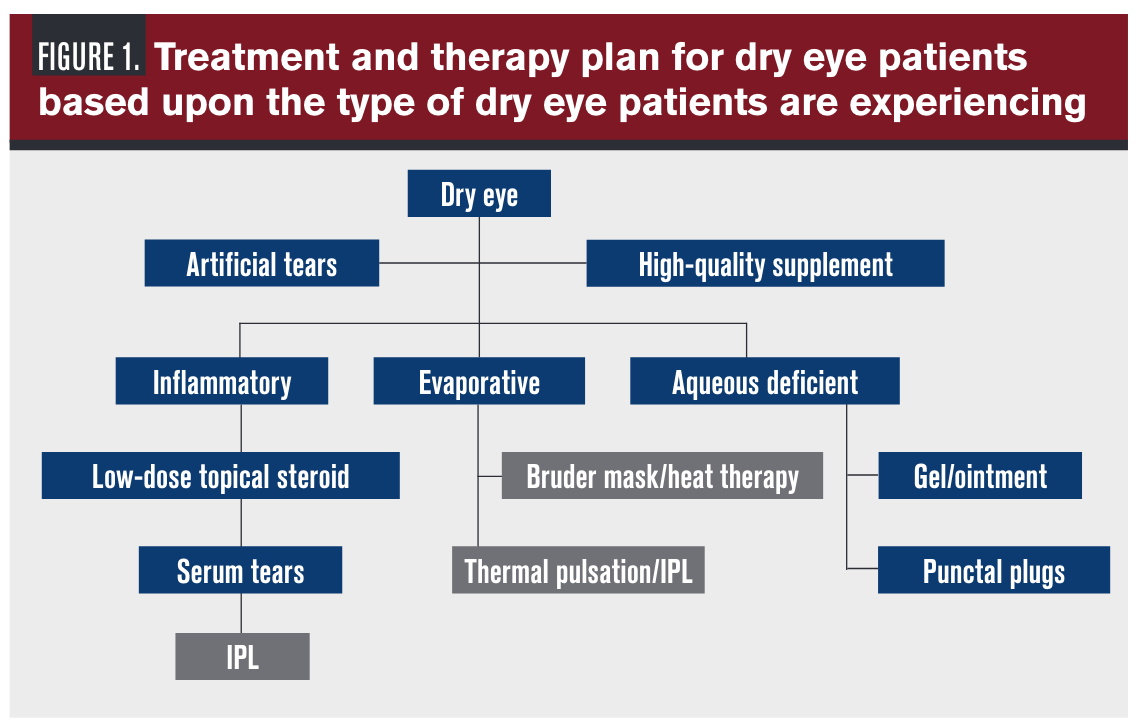
Related: Consider the underrated significance of vitamin k2 in eyecare
For inflammatory patients, unfortunately insurance companies usually do not allow the jump to Restasis (cyclosporine ophthalmic emulsion 0.05%, Allergan) or Xiidra (lifitigrast ophthalmic solution, Novartis) without first demonstrating the use of artificial tears four times a day for three to six months; however, I start them off with a mild topical steroid like FML (fluorometholone ophthalmic suspension, Allergan) 0.1% twice daily.
For aqueous deficiency, I like to start patients on an artificial tear along with punctal occlusion.
Lastly, for evaporative dry eye, I start with lipid based artificial tears like Retaine MGD (OcuSoft) (Figure 1). In this early phase, supplements complement this approach, working gradually from a cellular level, while tears provide fast-acting topical relief.
Related: ODs reach for artificial tears first to treat dry eye Results take time, follow closely
Set a return appointment for the patient in one to two months. This should be adequate time to evaluate for a response to supplements and other treatments while also checking for compliance. Discussions with the patient can then explore what has been working well and what hasn’t.
If compliance is high and results are suboptimal, I then begin looking at medications like Xiidra or Restasis if appropriate, along with advanced surface procedures like LipiFlow (Johnson & Johnson Vision) or intense pulsed light (IPL) therapies. Although these procedures come with a price, do not be afraid to offer sooner rather than later.
Once I start seeing gland drop out on meibography with high symptoms, I begin offering these services aggressively. If patients are unable to pursue this option due to financing, I advise a Bruder Moist Heat Eye Compresses (Bruder), but I clarify that the treatment does not evacuate the melted lipid from the gland.
Related: Blog: Examine evaporative dry eye disease exposure in your patients Omega replacements
Because not all supplements are created equal, Istart by asking the patient what is in his current supplement, if he takes one. Asking the patient to review what is inside his supplement at home is a valuable opportunity to explore why brand quality matters.
If he is not currently taking a supplement and exhibits dry eye signs and symptoms, I start the patient on HydroEye (ScienceBased Health).
When I direct a patient to take a supplement, I give him a pamphlet and hand him a bottle to purchase at checkout. This avoids patients going to the nearest drug store and purchasing the least expensive option. In my experience, this facilitates compliance.
Related: Risk associated with omega-3 supplementation
For dry eye, I prefer to use a supplement with the omega fatty acid gamma-linolenic acid (GLA). GLA is not easily acquired from the diet, is lacking from sources such as fish or flaxseed oils but has been shown to improve dry eye in a variety of clinical studies.3-6 GLA is precursor to prostaglandin E1 (PGE1) which supports tear production and reduces inflammation.
In addition, the ratio of GLA to omega-3s are important in a supplement. Research demonstrated that a balanced ratio of GLA to eicosapentaenoic acid (EPA)/ docosahexaenoic acid (DHA) prevents elevations in serum arachidonic acid and decreased levels of pro-inflammatory prostaglandins.7-9Related: How diet and nutrition affect disease
Other nutrients such as magnesium, vitamin C, and vitamin B6 are cofactors to GLA metabolism, helping ensure the omega fatty acids are appropriately used by the body.
Many patients may be taking only a low-cost fish oil product from a local store, which will vary in quality and may lack a sufficient dose and type of omega fatty acids. Frequently, the patient doesn’t understand what she actually getting in a supplement.
The product from the store shelf may not always be optimal for dry eye, and patients may be more likely to experience challenges with smell, taste, or gastric upset. If a patient cannot validate what she is taking, educate her on how the current product may impact not only her ocular health but also her finances.
Related: The most important objective dry eye test is TBUT with fluorescein, ODs sayEducate, educate, educate
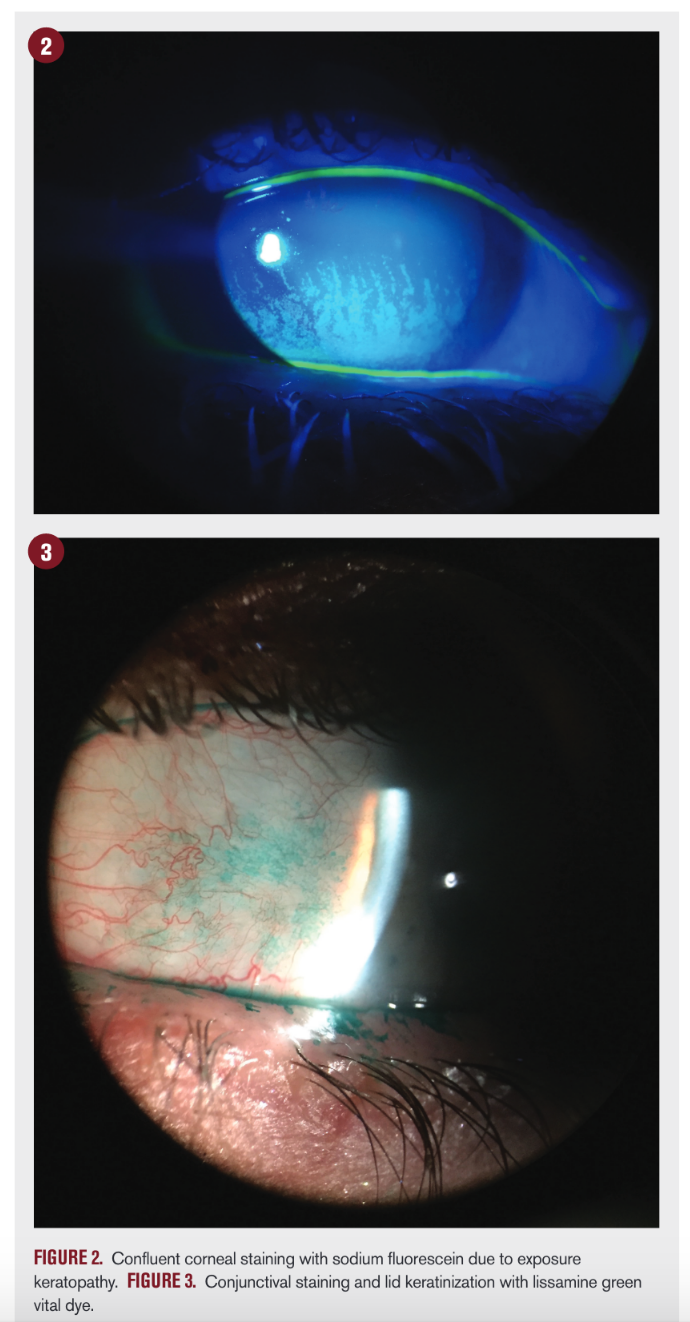
While waiting in exam lanes, why not fill a patient’s time with convincing education. I have found this primes the final discussion I have with the patient and helps her prepare what questions she wants to ask.
As most ODs have discovered, it is difficult for patients to remember everything discussed with them. Don’t be afraid to use the full potential of clinical staff.
A simple lunch and learn with staff can enable them to spark conversation during patient work-ups and empower technicians to provide basic education. Others can attend a dry eye training symposium for continued learning (e.g., Dry Eye Boot Camp, Ocular Surface Academy, Dry Eye Institute, Twin Cities OSD Symposium, Dry Eye University, etc).
Related: How staff can help differentiate your practice
For staff with dry eye, offer benefits and discounts on products. This enables staff to experience their effects first hand. Personal experience is powerful. Appoint one staff member as the dry eye educator for the entire clinic, and encourage her to take on the role of discussing how nutritional supplements fit with a patient’s dry eye regimen.
You have heard the saying, “It takes a village."
In order to increase patient compliance-for nutritional supplements as well as other treatments-be prepared to adopt a top-down approach starting with the physician and ending with the staff. ODs are asking patients to make life -hanging alterations to their daily routines.
For some this is nearly impossible, so teaching compliance is as important as diagnosing and prescribing.
Read more dry eye content here
References:
1. Knickman JR, Snell EK. The 2030 problem: caring for aging baby boomers. Health Serv Res. 2002 Aug;37(4):849-84.
2. Wang MT, Craig JP. Investigating the effect of eye cosmetics on the tear film: current insights. Clin Optom (Auckl). 2018 Apr 3;10:33-40.
3. Dry Eye Assessment and Management Study Research Group, Asbell PA, Maguire MG, Pistilli M, Ying GS, Szczotka-Flynn LB, Hardten DR, Lin MC, Shtein RM. n-3 Fatty Acid Supplementation for the Treatment of Dry Eye Disease. N Engl J Med. 2018 May 3;378(18):1681-1690
4. Kokke KH, Morris JA, Lawrenson JG. Oral omega-6 essential fatty acid treatment in contact lens associated dry eye. Cont Lens Anterior Eye. 2008 Jun;31(3):141-6; quiz 170.
5. Pinna A, Piccinini P, Carta F. Effect of oral linoleic and gamma-linolenic acid on meibomian gland dysfunction. Cornea. 26:260-4, 2007.
6. Brignole-Baudouin F, Baudouin C, Aragona P, Rolando M, Labetoulle M, Pisella PJ, Barabino S, Siou-Mermet R, Creuzot-Garcher C. A multicentre, double-masked, randomized, controlled trial assessing the effect of oral supplementation of omega-3 and omega-6 fatty acids on a conjunctival inflammatory marker in dry eye patients. Acta Ophthalmol. 2011 Nov;89(7):e591-7.
7. Barham JB, Edens MB, Fonteh AN, Johnson MM, Easter L, Chilton FH. Addition of eicosapentaenoic acid to gamma-linolenic acid-supplemented diets prevents serum arachidonic acid accumulation in humans. J Nutr. 2000 Aug;130(8):1925-31.
8. Laidlaw M, Holub BJ. Effects of supplementation with fish oil-derived n-3 fatty acids and gamma-linolenic acid on circulating plasma lipid profiles in women. Am J Clin Nutr. 2003 Jan;77(1):37-42.
9. Schnebelen C, Viau S, Grégoire S, Joffre C, Creuzot-Garcher CP, Bron AM, Bretillon L, Acar N. Nutrition for the eye: Different susceptibility of the retina and lacrimal gland to dietary omega-6 and omega-3 polyunsaturated fatty acid incorporation. Ophthalmic Res. 2009;41(4):216-24.
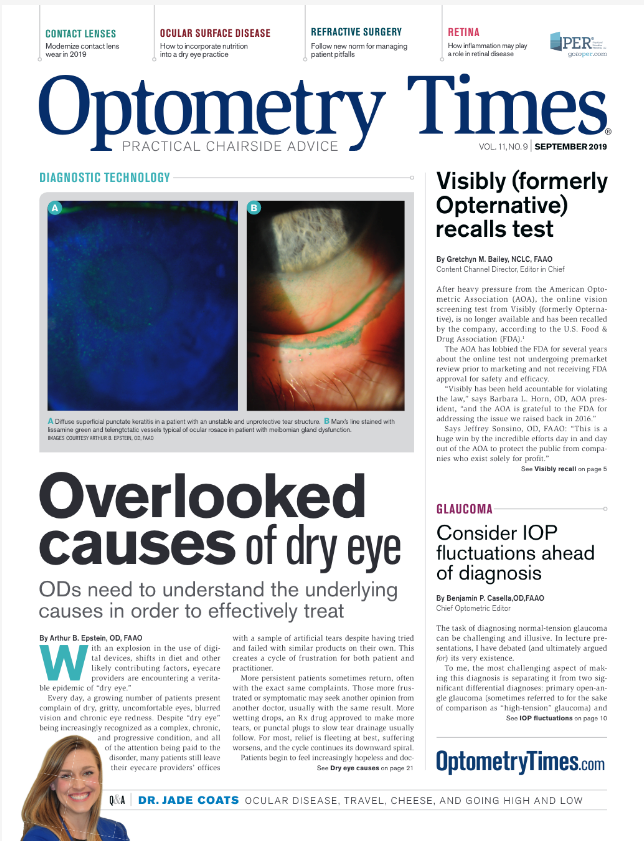
Newsletter
Want more insights like this? Subscribe to Optometry Times and get clinical pearls and practice tips delivered straight to your inbox.